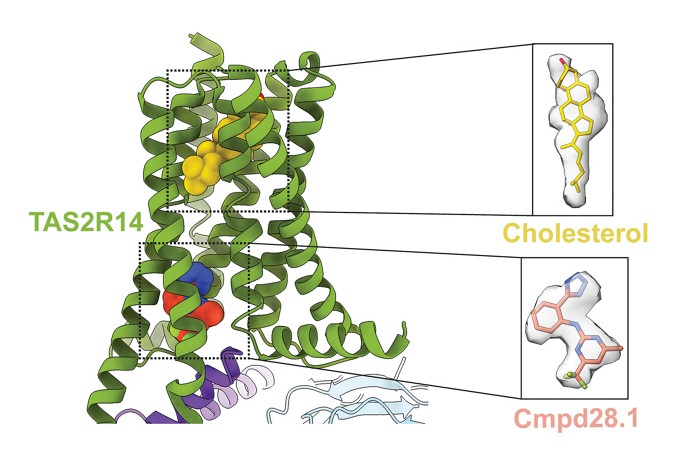Advertisement
Grab your lab coat. Let's get started
Welcome!
Welcome!
Create an account below to get 6 C&EN articles per month, receive newsletters and more - all free.
It seems this is your first time logging in online. Please enter the following information to continue.
As an ACS member you automatically get access to this site. All we need is few more details to create your reading experience.
Not you? Sign in with a different account.
Not you? Sign in with a different account.
ERROR 1
ERROR 1
ERROR 2
ERROR 2
ERROR 2
ERROR 2
ERROR 2
Password and Confirm password must match.
If you have an ACS member number, please enter it here so we can link this account to your membership. (optional)
ERROR 2
ACS values your privacy. By submitting your information, you are gaining access to C&EN and subscribing to our weekly newsletter. We use the information you provide to make your reading experience better, and we will never sell your data to third party members.
Biochemistry
C&EN En Español
Infografias Periodicas: La química de la floración vegetal
El profesor de química y bloguero de Compound Interest Andy Brunning explica la química de las flores y sus colores y aromas
by Andy Brunning, special to C&EN
April 23, 2021
| A version of this story appeared in
Volume 99, Issue 9
Para descargar el pdf de este artículo.
Referencias usadas para crear esta infografía:
Choi, Charles Q. “A Blossoming Field of Research: How Florigen Is Transported to Create Flowers.” PLOS Biol. (April 2012). DOI: 10.1371/journal.pbio.1001311.
Des Marais, David L. “To Betalains and Back Again: A Tale of Two Pigments.” New Phytol. 207, no. 4 (Sept. 2015): 939–41.
Grotewold, Erich. “The Genetics and Biochemistry of Floral Pigments.” Annu. Rev. Plant Biol. (June 2006). DOI: 10.1146/annurev.arplant.57.032905.105248.
Una colaboración entre C&EN y Andy Brunning, autor del blog de los famosos gráficos de Compound Interest (compoundchem.com)
Para ver todas otro articulos de C&EN en español, visita cenm.ag/espanol.
La versión original (en inglés) del artículo está disponible aquí.




Join the conversation
Contact the reporter
Submit a Letter to the Editor for publication
Engage with us on Twitter